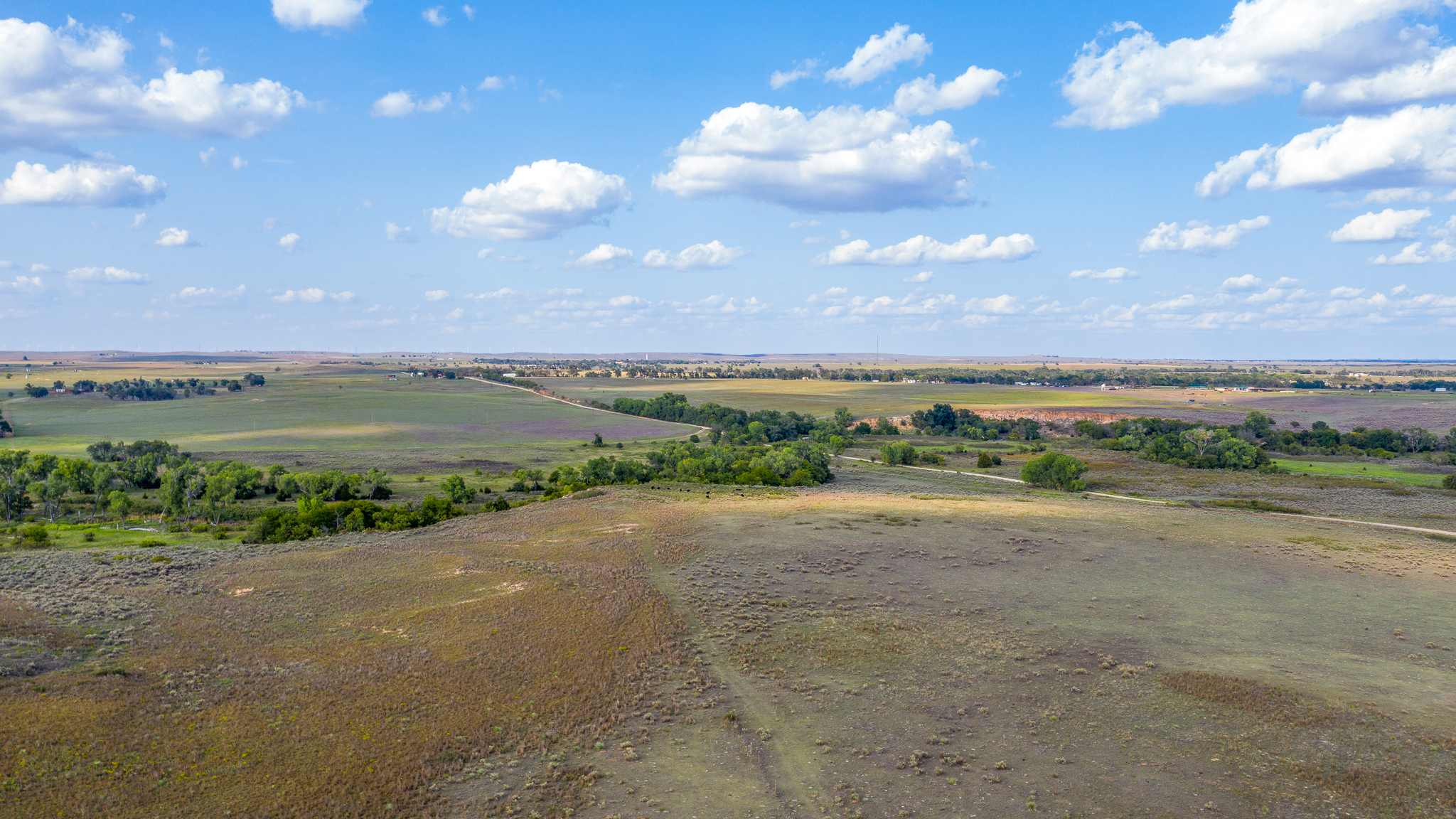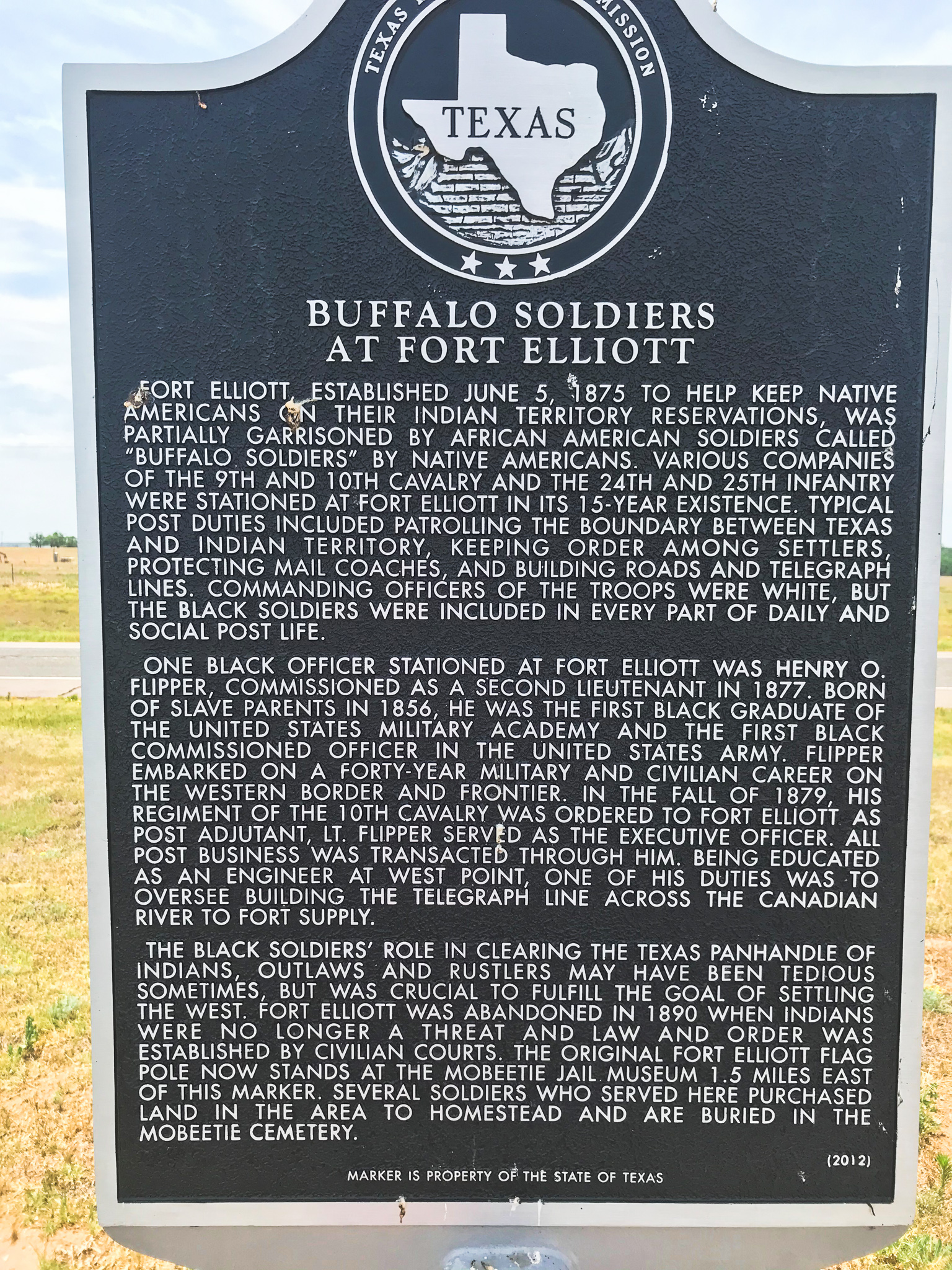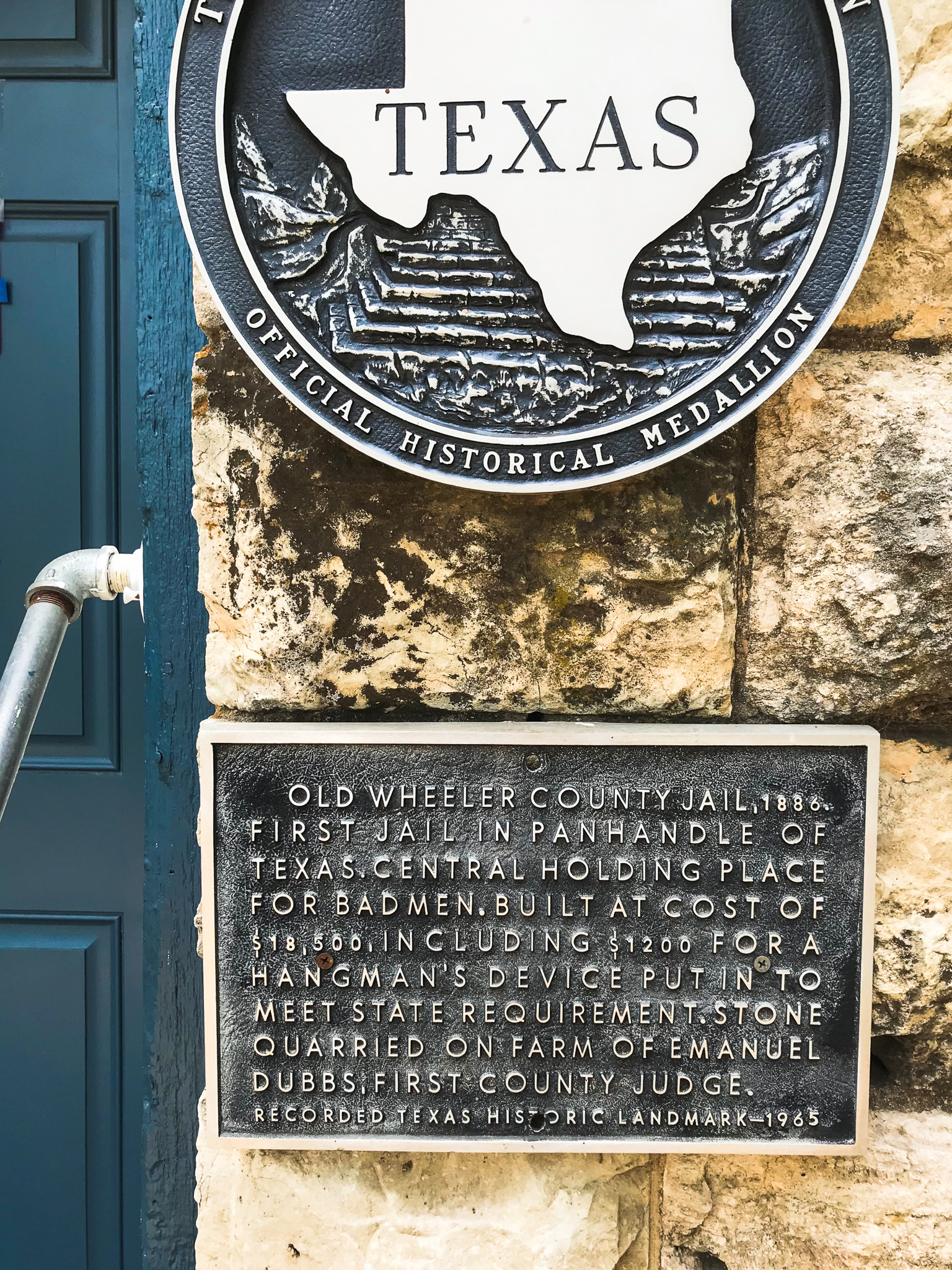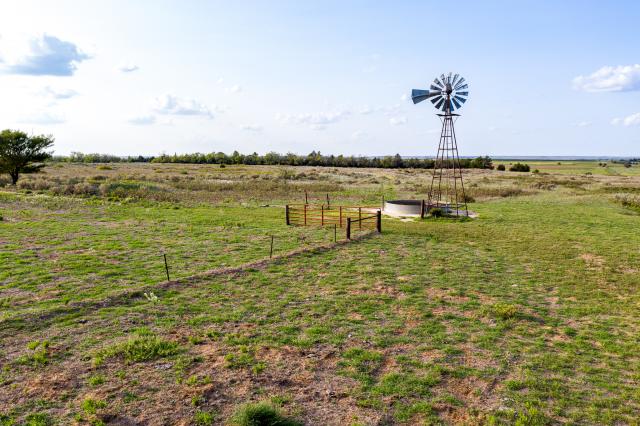
On the Mobeetie Sweetwater Creek Ranch located along Sweetwater Creek, it is not difficult to imagine buffalo hunters, soldiers, and cowboys stopping to water their horses and perhaps wash up before riding east into nearby Mobeetie, the only town in the Panhandle of Texas. Protected by nearby Fort Elliot, Mobeetie included merchandise stores, blacksmith, livery stables, and a total of 9 saloons - guaranteed to provide an entertaining diversion from the lonely and often, dangerous life on the plains.
UPDATE: This property is under contract. Selling price at $1,333,625
The Battle of Adobe Walls (1874) was a fresh memory when Mobeetie, became the first town in the Texas Panhandle, in 1875. The Panhandle Region was the last area of Texas settled due to the very real threat of death at the hands of Comanche, Kiowa, and Plains Apache. Fort Elliot was established to provide protection and companies of African American Soldiers, called “Buffalo Soldiers” by the Native Americans, patrolled the vast plains, enforced order between settlers, protected the mail coaches, as well as other peace keeping duties.
Mobeetie started out as a buffalo hunter’s camp, growing to be an active trading post along the Jones and Plummer Trail to Dodge City. Originally called Sweetwater, the name of the town was later changed to Mobeetie, thought to be the Indian name for sweet water. Noted figures that visited the town included Bat Masterson, Pat Garrett and Texas Ranger and ranching pioneer, Charles Goodnight. Temple Houston, youngest son of Sam Houston, resided in Mobeetie and served as the first district attorney in the area.

After Fort Elliot closed in 1890, Mobeetie struggled to maintain its population and followed the usual decline of a town dependent on the cattle trade after failing to attract a railroad. When the Panhandle-Santa Fe Railroad laid tracks 2 miles north in 1927, Mobeetie moved and experienced new prosperity. New Mobeetie is now located 2 miles north of Old Mobeetie. At Old Mobeetie, you can visit the Old Mobeetie Jail Museum, see Bob’s Barber Shop as well as an “iron strap” jail and the original wooden flagpole from Fort Elliot. The Pioneer West Museum in Shamrock (31 miles south) also preserves the heritage of the Old Mobeetie region and includes an exhibit on Fort Elliott.


